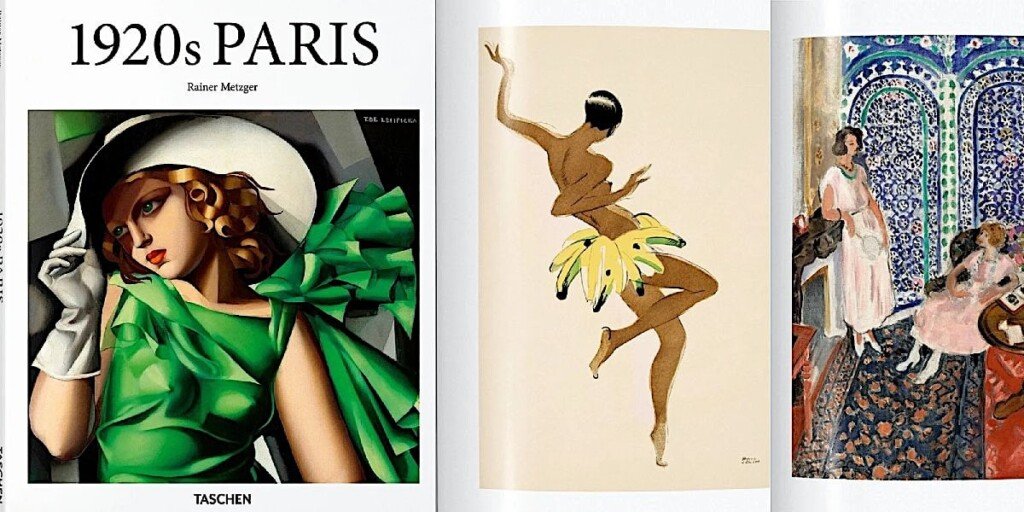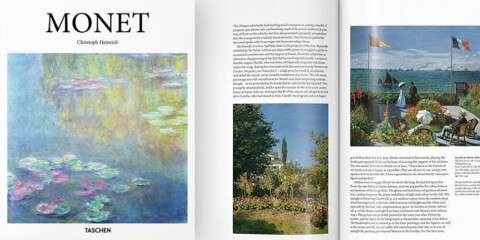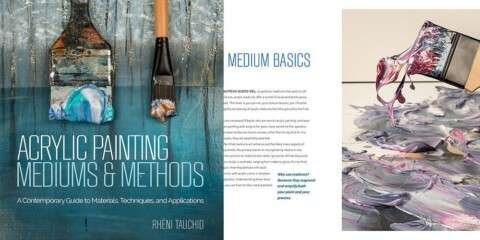A Visual Journey through the Golden Age of Creativity in Paris
A celebration of a city and an era is alive in radical reimagining and glamour. It reflects a cultural revolution. The book is rich and immersive. 1920s Paris is by TASCHEN. Rainer Metzger edited the book. It attempts to capture how the glittering decade known as the Années Folles unfolded. It uses an astonishing mixture of visual and verbal narrative. It chronicles that time when Paris was the heart of global creativity. The book balances scholarly insight with aesthetic splendor. This review dissects the strengths. It analyzes the weaknesses and impact of this book. It provides a full picture for curious readers, art lovers, students, and even collectors.

Why This Book Is Different
Visually Immersive Format
Dazzling images greet the reader upon opening 1920s Paris. Brassaï’s photos, bold Art Deco design, and marvelous works by Picasso, Dalí, and Sonia Delaunay color and enliven the pages. The large format (21 x 26 cm) and great print quality heighten every detail, texture, and brushstroke of the artwork. It is almost a journey, or even a museum visit, bound into a book.
At a time of digital overload, the tactile and visual pleasure of a beautifully constructed book is undeniable. It somehow connects readers to the topic in a more profound way. Had the images been drab or cramped, the book not have succeeded in transporting anyone to 1920s Paris.

The Creative Epicenter of the 1920s
A Multidisciplinary Narrative
He gave freedom to himself beyond painting or sculpture. The book has a generous scope: architecture, film, photography, fashion, and literature form a nexus in its thematic constellation. Chanel’s innovations collate into the narrative alongside Stravinsky’s contributions: Dalí’s and Buñuel’s Un chien Andalou, Art Deco architecture.
It allows the reader to appreciate the framework holistically. Without this cross-disciplinary contour, the book would seem to offer strangers from different worlds that never meet.

Contextual Brilliance and Cultural Depth
Rich Historical Framing
The historical context is clear and engaging. It illuminates the reader about the social, political, and economic changes in Paris after World War I. These changes set the stage for cultural flowering. The large and glistening department store La Samaritaine symbolizes prosperity. It reflects consumer culture. It provides the perfect soil for the avant-garde to plant and water their disturbing experiments.
Context gives meaning. Without it, the art appears to be an isolated undertaking, and with it, the work’s power and relevance are diminished.

The Cast of Cultural Icons
Stellar Cast of Characters
The book does not merely list the famous names for their own sake. It brings them alive within their relationship with each other through creative exchange. Duchamp, Picabia, Breton, Chagall, Joyce, Hemingway, Brancuși, and such are all there. They form an assemblage within a bright constellation, not as isolated stars. Emphasis on collaboration and cross-pollination captures the spirit of Montparnasse and Montmartre.
The very human factor makes history interesting. Leaving out this narrative thread would have turned the book into a mere catalog. It would not have been a true history of human creativity.

Editorial Authority
Rainer Metzger’s Informed Perspective
A well-educated and purposeful book Metzger has driven in a significant way. Art history, literature, and journalism give a strong foundation for him. This background allows him to marry academic insight with the needs of the reader. Clear language highlights his skill. Even a few marks of his earlier works with Van Gogh and Chagall show his ability as a knowledgeable curator.
A knowledgeable guide enriches the travel experience of the reader. Without Metzger’s vision, the content have ended up as a collection of ideas that are disjointedly bound together.
Balanced Critique
Strong and Weak
The book is glorious from a visual and thematic perspective. Yet, with only 96 pages, certain places are underplayed. The remaining pages have allowed for deeper delves into lesser-known artists. They have further explored trends or unpacked tensions within the mixed creative circles.
Depth seekers find the content very basic. But without its extended analysis, this remains an elegant overview and nothing more.

Who Should Read This Book?
This book is for:
- Attending students of art and design who need inspiration in visual aspects.
- Historians and other enthusiasts who want to contextualize the 1920s.
- For collectors and bibliophiles interested in beautiful publishing.
- Such busy readers want to get more in less space.
For the newcomer, an accessible entry point. For the more knowledgeable, a beautifully crafted reminder.
Final Verdict
The TASCHEN portrayal of Paris in the 1920s is a moving spectacle in figures. It leads the way into one of the most dynamic periods in contemporary cultural history. It is short. Nonetheless, it manages to stand out in any library owned or read by an art lover. This is due to its sheer clarity, curation, and presentation.

Where to Find the Book
“1920s Paris” is an immersive journey into art history that offers a feast for the eyes. An essential acquisition for all art lovers and collectors, this book is published by Taschen. It can be bought from the next trusty sources:
- Taschen’s Official Website — Buy a direct copy from the publisher with unique editions.
- Amazon — Order quickly and obtain almost instant delivery.
- AbeBooks — Explore secondhand and rare choices.
Enhance your passion for art with this exceptional publication.
Thank you for adhering to this guide. Please note that this article includes affiliate links. We get a small commission if you buy something via them. This support helps us to continue producing high-quality work for you. We genuinely appreciate your support and will always strive to offer art lovers with honest and unbiased recommendations.





